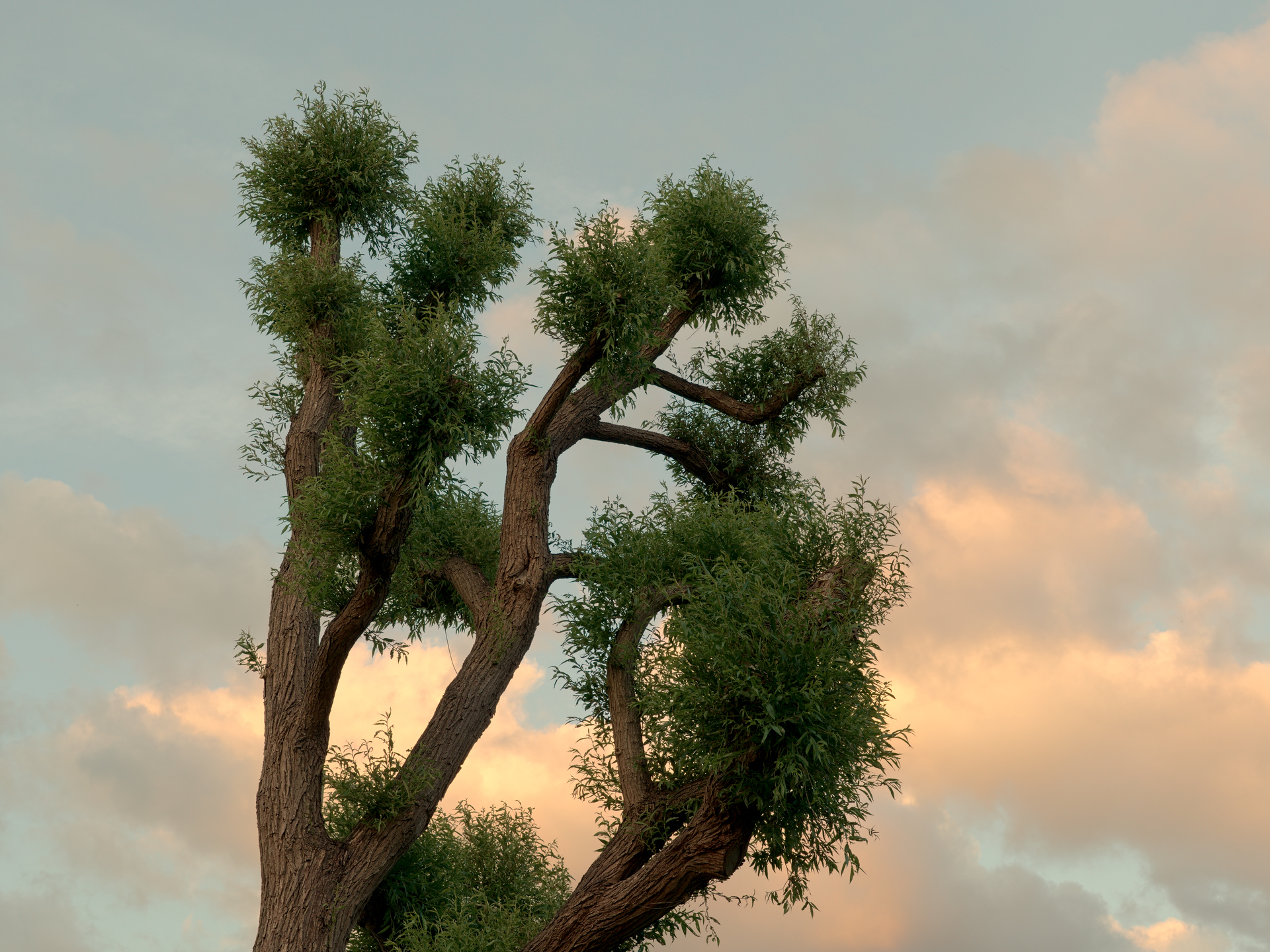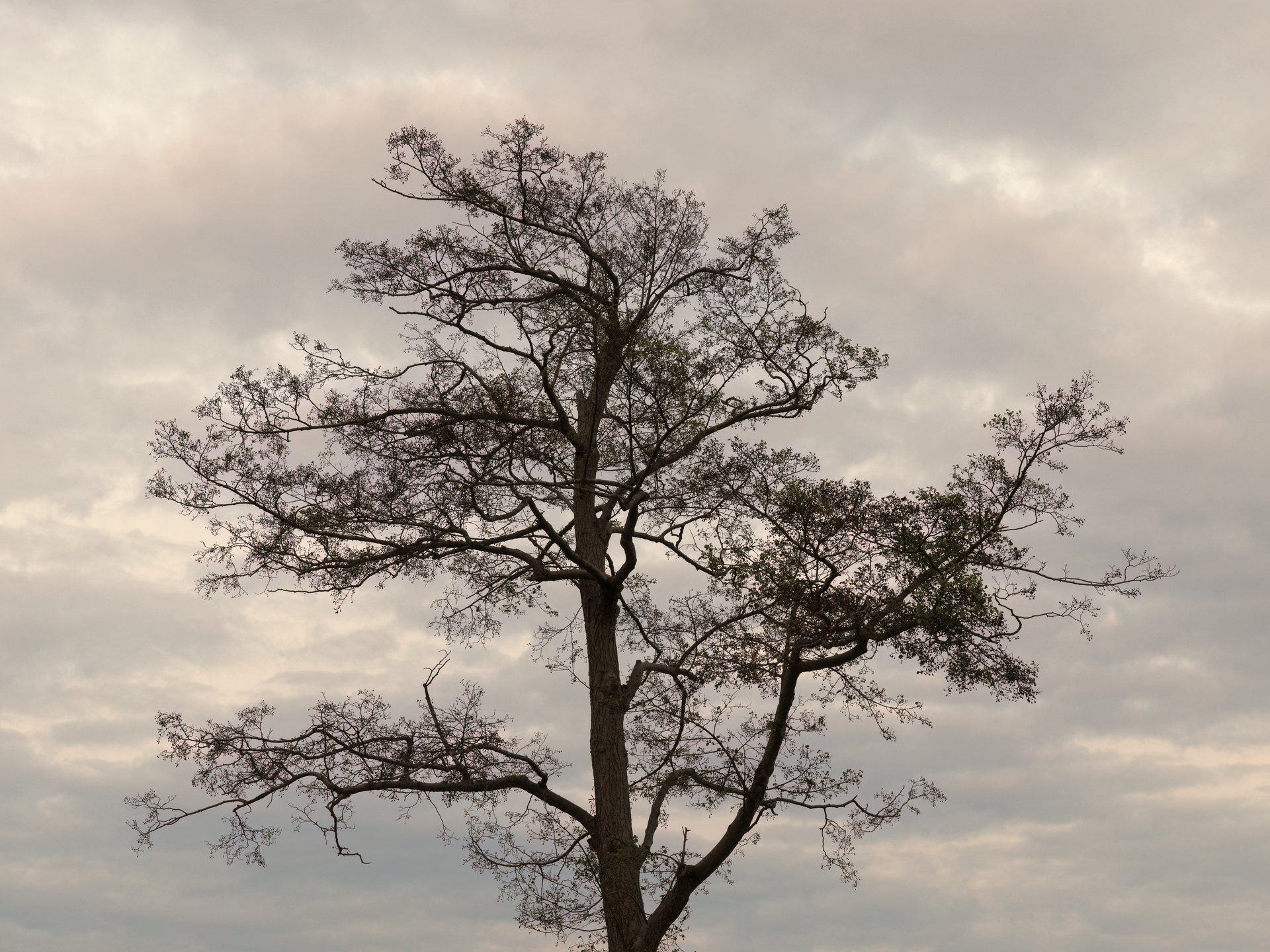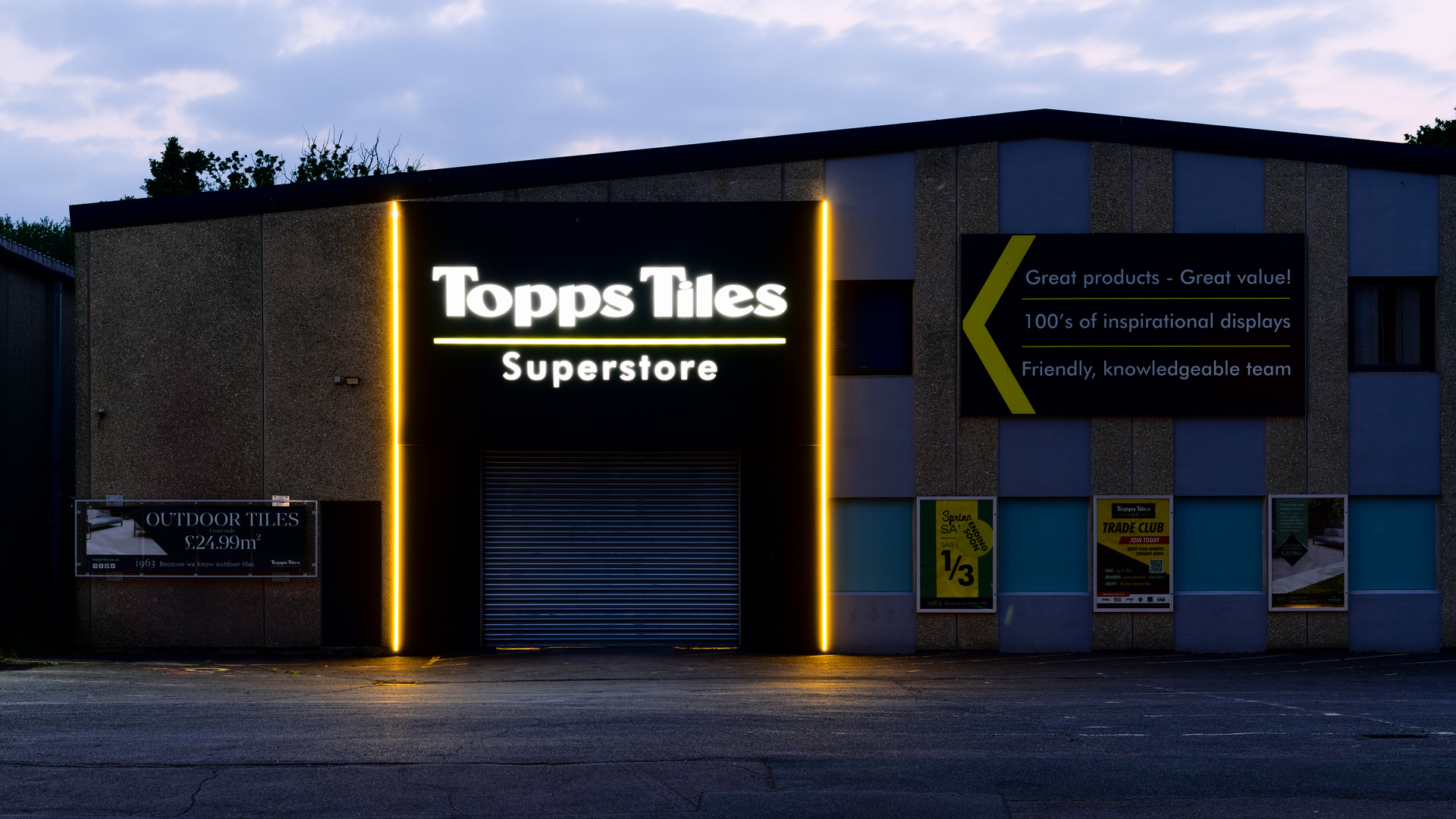When I bought my Nikon D850, I also ordered a 128 GiB CFexpress card to go with it. The reasoning was that the high-resolution images from the camera would require a large storage capacity. I already had a few SD cards of similar size but wanted to take advantage of the faster file transfer of a CFexpress card.
Howerver, I am now realising that I shoot digital with the same frugality as I shoot film, as if there were only 36 frames available in the camera instead of capacity for 1200 RAW files. I often come back from a photo outing with only a few images on the memory card.
Consider the photos from my this post, which are from the D850. I first shot them on the FM2, then switched to the D850, and took the same number of shots. Here are those made with the FM2.


I rarely shoot multiple frames without a good reason. When I do, it is for bracketing focus and exposure, both on film and on digital. But on the latter, it is always intentional, not just because digital affords me virtually limitless images without cost.
The way I took the photo below is a perfect example of my approach to photography. On this occasion, I grabbed my D850 and rushed to Mytchett Lake just before Golden Hour. I set the tripod, framed the composition, worked out the exposure, and clicked the shutter exactly four times. At 1/60 sec and at 1/30 sec, both at f/11. Then, at 15 sec and 30 sec, again at f/11. All very intentional.



































